High Reindeer
by: Paul Hetzler
If not for a fungus, Santa’s flying sleigh would be grounded. If that were the case, the only toys he could distribute would be to the elves who made them in the first place, which kind of spoils the whole surprise element. The truth is that Mister Claus relies on Amanita muscaria, a mushroom which grows among pine and birch, to zip around the world on Christmas eve.
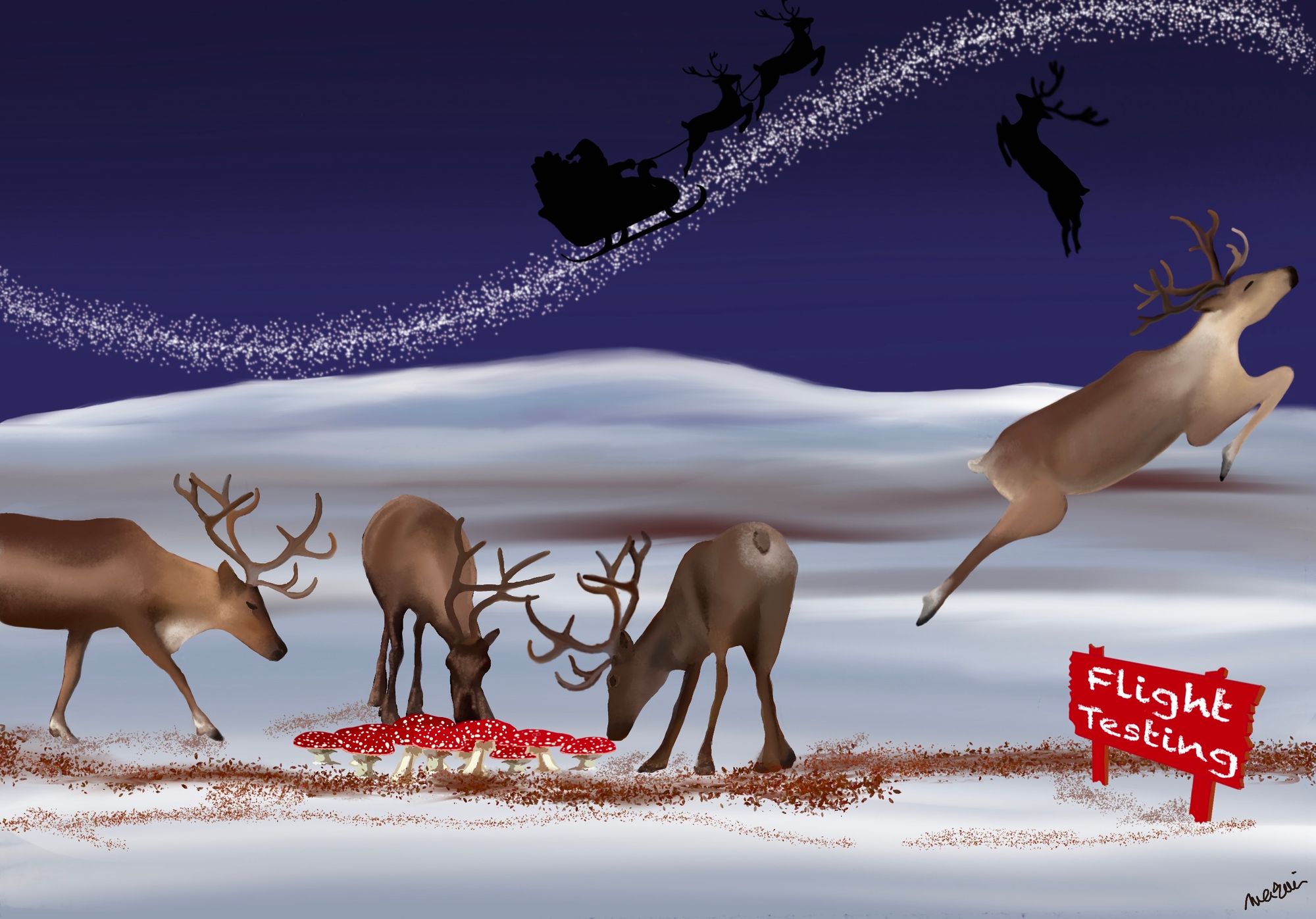
Sometimes called the fly agaric or fly amanita because it has been used to kill flies, Amanita muscaria is a large, attractive mushroom. Its domed reddish cap is dotted with large white spots, making it one of the most recognizable toadstools or free-standing mushrooms in the world. It is the big polka-dotted mushroom of Alice in Wonderland, coloring books, and garden statuary.
Distributed throughout North America, Europe, and Asia from temperate latitudes into the far north, the mushroom is a symbiont of tree roots, taking a small amount of sugars from them, while vastly increasing their efficiency in absorbing nutrients and water. It has psychoactive properties and has been consumed for thousands of years by winter-weary Laplanders as a pick-me-up and by Siberian shaman and other practitioners in healing rituals.
Amanita muscaria is also eaten by wild reindeer for – well, no one is sure. Comet, Cupid, and loads of other blitzed reindeer (or caribou as we know them here) have been seen lurching about after they’ve selectively browsed these mushrooms. Santa’s flying sleigh makes a lot more sense once you learn about this little reindeer game.
If the name Amanita rings a bell, it might be due to the fact that its close relative the death-cap, Amanita phalloides, may be the most poisonous mushroom in the world. The death-cap is native to Europe and Asia but has been accidentally introduced with imported trees to a few locations in North America. The toxins in most species of dangerous fungi are destroyed by cooking, but not the death-cap. Just a portion of its cap, raw or cooked, is enough to devastate the liver and kidneys of an adult human, making the only “antidote” an organ transplant.
In addition to being psychoactive, our cheerfully colored fly agaric is noxious as well, leading to intense nausea in humans. The unpleasant side-effects can be mitigated by dehydration using gentle heat (intense heat will take all the fun out of the fly agaric by neutralizing its mind-altering properties). In Siberia and other regions, A. muscaria was often placed in stockings and hung near the fire to dry. In this way, the moderate heat would render them (mushrooms, not stockings) safe to use ceremonially or otherwise.
Stockings full of red-and-white mushrooms hung by the chimney with care sounds uncomfortably familiar. And yes, Father Christmas may wear a red-and-white outfit and may or may not surround himself with short, squat, mushroom-esque elves, but I was initially skeptical about a fungal connection with winter holiday traditions. However, a simple a web-image search for “mushroom Christmas decoration” turned up a bazillion (well, 30,800,000) pictures of Amanita muscaria tree ornaments, which made me a believer.
In Cheech Marin and Tommy Chong’s hilarious 1971 sketch “Santa and His Old Lady,” Cheech recounts the story of Santa Claus, “the guy with the hairy jaws,” to his friend. Santa’s flying sleigh, according to Cheech, is fueled by “magic dust,” with “a little for the reindeer, a little for Santa, a little more for Santa, a little more for Santa . . .” Maybe in addition to the stuff Cheech and Chong liked to smoke, they also knew about fly agaric.
In the interest of public health, I want to caution against trying this fungus. For one thing, references indicate fly agaric mushrooms picked in summer can be 10 times more potent than those gathered in fall. A miscalculation could leave you sick for a week or more.
I am no scholar, but I do find it interesting that the more secular trappings of our modern Christmas have a connection to ancient winter traditions in Siberia. Amanita muscaria may help explain Santa’s unnatural jolliness and his magical flight, not to mention the choice of colors for his suit. Certainly, the millions of Christmas mushroom ornaments are overtly connected.
My advice for everyone is to avoid toxic fungi, as well as retail toxicity, and to aim for some old-fashioned cheer that does not depend on substances of one kind or other. The reindeer, of course, will make their own choices.
By Paul Hetzler who claims not to have tried Amanita muscaria. He writes about nature for The Saturday Evening Post and even TI Life.
By Paul Hetzler
Paul Hetzler is a former Cornell Extension educator, and he also writes books! Be sure to check out the description of his books and I promise you will not only smile but you will want to give them as gifts on your list. Head of the Class: Smart as a Slime Mold, and Shady Characters: Leprechaun Trees, Plant Vampires and Caterpillar Soup.
Available at: https://www.amazon.ca/dp/B09DN16VYC and: https://www.amazon.ca/dp/B08BR6NHDY ." See amazon.com as well for US purchases.

Marie-Anne Erki
Marie-Anne Erki is TI Life's illustrator and accomplished artist. She is also Professor Emeritus of Civil Engineering at Canada's Royal Military College where she taught for twenty years. She has already produced individual illustrations for Patrick Metcalf's The Witch of Wellesley Island (see STORIES+) and illustrated many of Paul Hetlzer's past articles. Marie Anne also "enhanced" our December TI Life Header! (Talent is one thing, but imagination and talent are a super combination!)


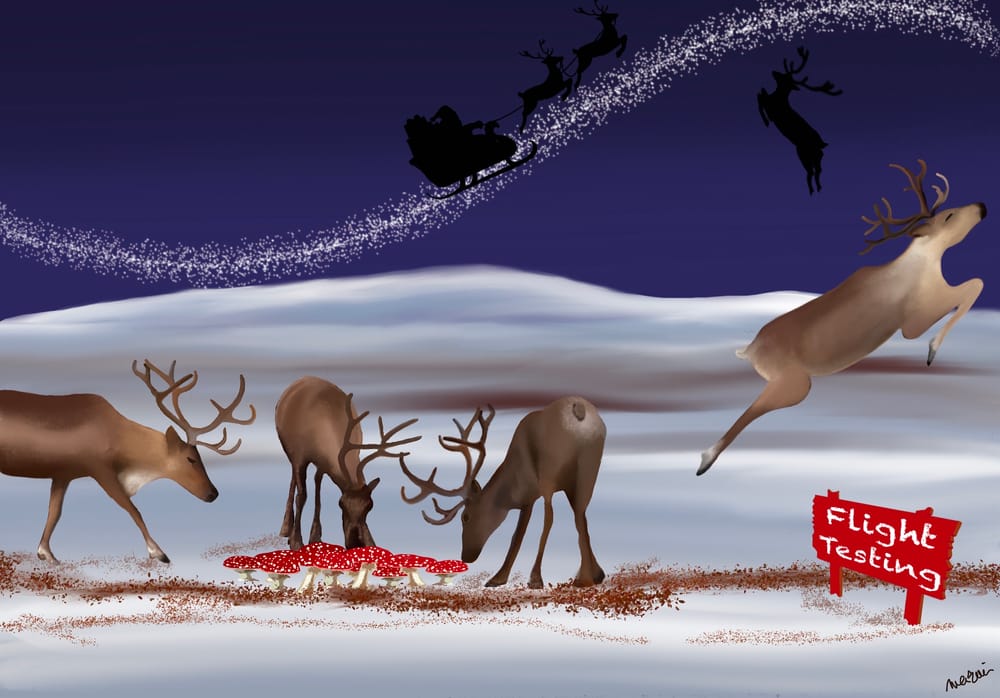
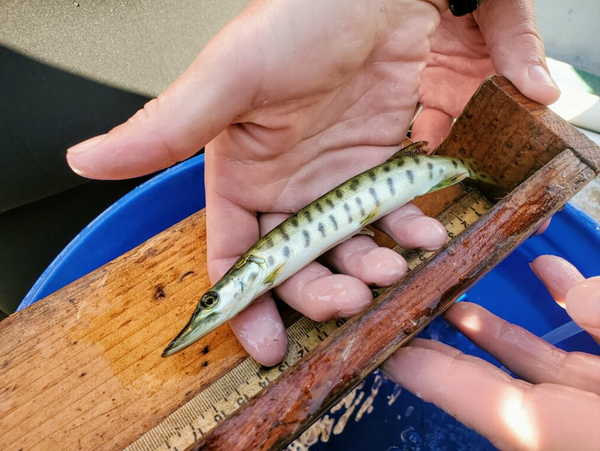
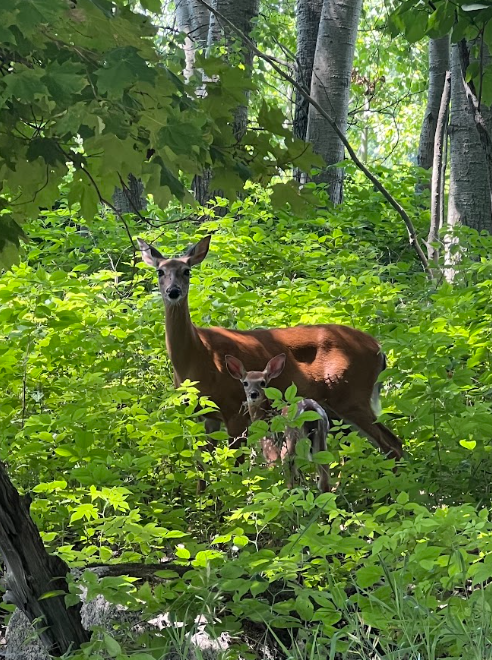
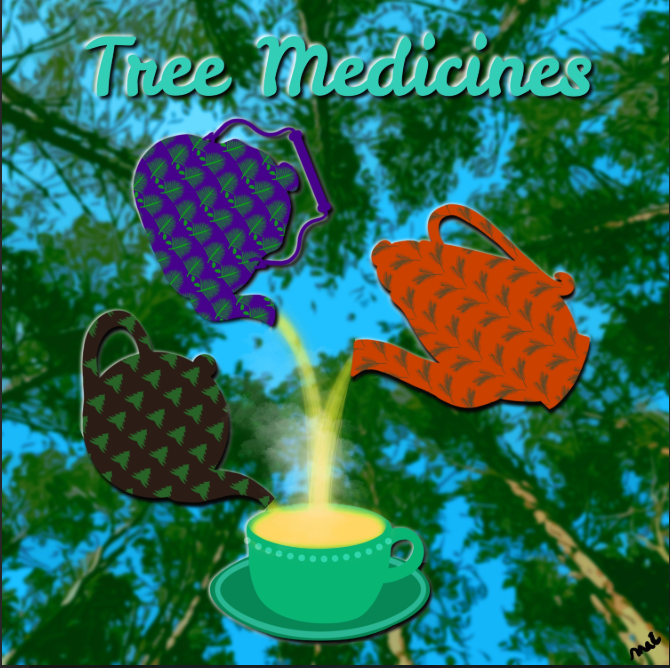
Please click here if you are unable to post your comment.